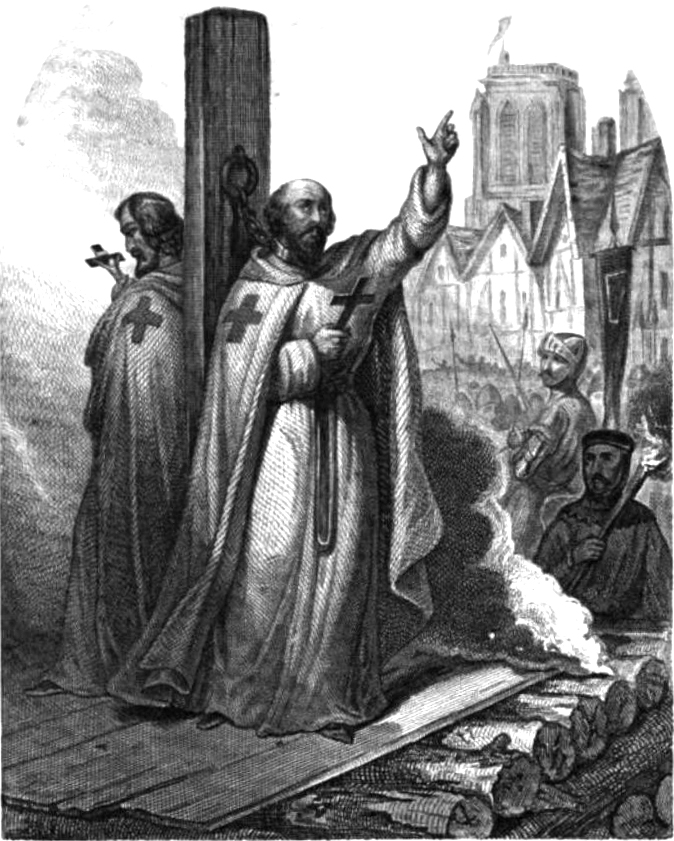Biografia
Howard Carter nasceu em Londres, Inglaterra,
e era filho de Samuel John Carter, um artista que treinou e desenvolveu
os talentos artísticos do filho, e de sua mulher Martha Joyce Sands.
Em 1891, aos 17 anos, foi convidado pelo Fundo de Exploração Egípcia para se tornar assistente de Percy Newberry na escavação e nos registos arqueológicos dos túmulos do Império Médio, encontrados em Beni Haçane.
Embora ainda jovem, foi inovador nos métodos de transcrição das
decorações dos túmulos. Em 1892, Howard Carter trabalhou sob a tutela de
Flinders Petrie, um dos mais importantes arqueólogos britânicos, por uma época em Amarna, a capital fundada pelo faraó Aquenáton. Entre 1894 e 1899 juntou-se à equipa de Édouard Naville em Deir Elbari, onde era responsável por registar os relevos de parede do templo de Hatexepsute.
Em 1899, Carter tornou-se no primeiro inspetor-chefe do Serviço das Antiguidades Egípcias, fundado por Auguste Mariette em 1858. Durante este período, supervisionou várias escavações em Tebas Antiga (também conhecida por Luxor), quando foi transferido em 1904 para a Fiscalização do Baixo Egito.
Em 1905 demitiu-se do seu cargo no Serviço das Antiguidades Egípcias,
após um inquérito sobre um incidente (conhecido como o Saqqara Affair)
que envolveu guardas locais egípcios e um grupo de turistas franceses,
no qual ele apoiou os egípcios.
Túmulo de Tutancâmon
Em 1907 Carter foi contratado por
Lorde Carnarvon para supervisionar as escavações que ele financiava no Egito. Estes trabalhos prosseguiram no
Vale dos Reis até 1914, quando precisaram ser interrompidos por causa da
Primeira Guerra Mundial.
Em 1917, as escavações foram retomadas. Porém, depois de vários anos
de buscas infrutíferas, em 1922 Carnarvon avisou Carter de que
financiaria apenas mais um ano de pesquisas pela tumba que procurava.
Em 4 de novembro de 1922, o grupo de escavação de Carter encontrou os
degraus que levavam à tumba. Ele então avisou Carnarvon da descoberta e
esperou que ele viesse até o local das escavações. Então, em 26 de
novembro de 1922, na presença de Lorde Carnarvon, da filha de Carnarvon e
de algumas outras pessoas, Howard Carter abriu uma pequena brecha no
canto superior esquerdo da porta de entrada, espaço suficiente para que a
luz de uma vela pudesse revelar que muitos tesouros de ouro e marfim
estavam intactos. Era uma antecâmara, de onde podia se ver uma
promissora porta selada, guardada por duas estátuas sentinelas. Quando
Carnarvon lhe perguntou se estava vendo alguma coisa, Carter proferiu
sua célebre frase: "Yes, wonderful things" ou "Sim, coisas
maravilhosas".
Os meses seguintes foram gastos no inventário de todo o imenso
conteúdo desta antecâmara da tumba, sob cuidadosa supervisão das
autoridades egípcias, pois apenas em presença delas é que se podia abrir
oficialmente uma tumba. O Diretor Geral do Departamento de Antiguidades
do Egito, Pierre Lacau supervisionou pessoalmente a atuação da equipe britânica.
Finalmente, em 16 de fevereiro de 1923, Carter pôde abrir a porta
selada, descobrindo que ela levava a uma câmara onde o faraó havia sido
sepultado. Foi então que descobriram o sarcófago de Tutancâmon.
Este túmulo é, de longe, o mais intacto e preservado descoberto em todo o
Vale dos Reis, de elevado valor histórico e arqueológico. A imprensa
mundial cobriu estes feitos e as reportagens fizeram de Howard Carter
uma celebridade.
A exploração do túmulo e a catalogação de seus milhares de objetos prosseguiu até 1932.
Morte
Carter morreu da doença de Hodgkin aos 64 anos em seu apartamento em
Londres em 49 Albert Court, ao lado do Royal Albert Hall, em 2 de março
de 1939. Ele foi enterrado no Putney Vale Cemetery em Londres, em 6 de março, com nove pessoas comparecendo ao seu funeral.
O seu amor pelo Egito permaneceu forte; o epitáfio em sua lápide
diz: "Que seu espírito viva, que você passe milhões de anos, você que
ama Tebas, sentado com seu rosto ao vento norte, seus olhos contemplando
a felicidade", uma citação tirada do Cálice dos Desejos de Tutancâmon, e
"Ó noite, abre tuas asas sobre mim como as estrelas imperecíveis".
O inventário foi concedido em 5 de julho de 1939 ao egiptólogo
Henry Burton e ao editor Bruce Sterling Ingram. Carter é descrito como
Howard Carter de
Luxor,
Alto Egito,
África,
e de 49 Albert Court, Kensington Grove, Kensington, Londres. Seu
patrimônio foi avaliado em £ 2 002 (equivalente a £ 132.051 em 2021). A
segunda concessão de inventário foi emitida no Cairo em 1 de setembro de
1939.
Em seu papel como executor, Burton identificou pelo menos 18 itens na
coleção de antiguidades de Carter que haviam sido retirados do túmulo de
Tutancâmon sem autorização. Como este era um assunto sensível que
poderia afetar as relações anglo-egípcias, Burton procurou conselhos
mais amplos, finalmente recomendando que os itens fossem discretamente
apresentados ou vendidos para o Metropolitan Museum of Art, com a
maioria eventualmente indo para lá ou para o Museu Egípcio no Cairo. Os
itens do
Metropolitan Museum foram posteriormente devolvidos ao Egito.





.jpg/800px-TUT-Ausstellung_FFM_2012_47_(7117819557).jpg)


